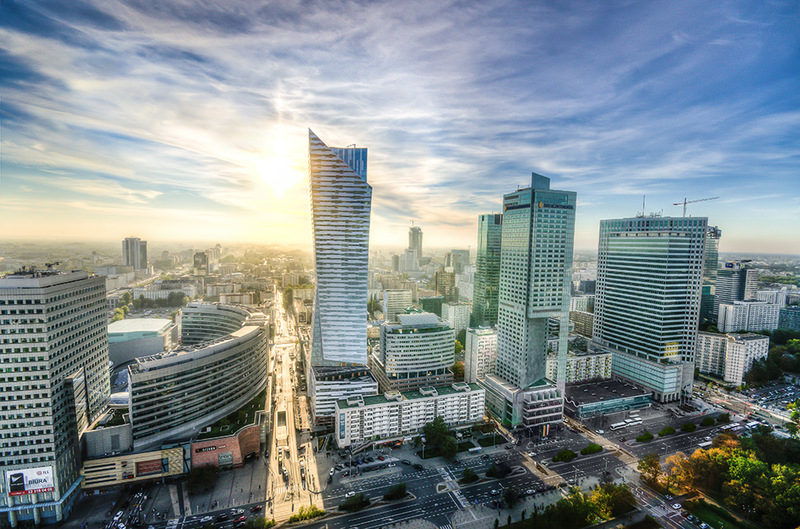Urban

A large and increasing proportion of the world’s population lives and works in cities and much of our economic welfare is produced there. However, climate changeclimate change
Climate change refers to a change in the state of the climate that can be identified (e.g., by using statistical tests) by changes in the mean and/or the variability of its properties, and that persists for an extended period, typically decades or longer. Climate change may be due to natural internal processes or external forcings such as modulations of the solar cycles, volcanic eruptions and persistent anthropogenic changes in the composition of the atmosphere or in land use. Note that the United Nations Framework Convention on Climate Change (UNFCCC), in its Article 1, defines climate change as: 'a change of climate which is attributed directly or indirectly to human activity that alters the composition of the global atmosphere and which is in addition to natural climate variability observed over comparable time periods'. The UNFCCC thus makes a distinction between climate change attributable to human activities altering the atmospheric composition, and climate variability attributa will have a potentially severe impact on the urban environment. The urban environment includes settlements, buildings, infrastructure, human health and well-being. Next to this, important economic sectors such as tourism, both inside and outside cities, may be severely impacted by climate change.
Cities
Urban management and planning of roads, tunnels, and other infrastructure needs to take into account changes in temperature and extreme precipitation events, enabling urban areas to better deal with such changes and integrate adaptationadaptation
The process of adjustment to actual or expected climate and its effects. In human systems, adaptation seeks to moderate harm or exploit beneficial opportunities. In natural systems, human intervention may facilitate adjustment to expected climate and its effects. in early urban management plans. Asset management should anticipate trendstrends
long-term evolution, such as climate change and global warming. Trend analysis is used to describe trends, and can involve linear or multiple regression with time as a covariate. A trend model may be a straight line (linear) or more complex (polynomial), and the long-term rate of change can be described in terms of the time derivative from the trend model.
in average temperature and precipitation. .
Tourism
Tourism is a multi-billion euro industry that is highly dependent on climate. Climate change may provoke shifts in tourist flows, with large economic implications, or change the nature of tourism. Throughout Europe, temperatures will increase significantly, with an annual average of more than 2oC by 2050. Average precipitation is likely to increase in Northern Europe, and decrease in the south, especially around the Mediterranean coast, while erratic extreme rainfall can potentially cause large damage, disruption and even mortality, also in tourism. Given the temperature increase, there will likely be a reduction of snowfall and snow cover throughout Europe.
In the mountainous regions, snow reliability is very likely to decrease further, putting ski resorts at lower altitudes at riskrisk
often taken to be the product of the probability of an event and the severity of its consequences. In statistical terms, this can be expressed as Risk(Y)=Pr(X) C(Y|X), where Pr is the probability, C is the cost, X is a variable describing the magnitude of the event, and Y is a sector or region.
to lower revenue. In summer, southern Europe will experience higher temperatures that are less favourable to tourism than the current temperatures. At the same time, countries in the North are likely to enjoy better conditions in summer, as well as a longer season with good weather. In particular in southern Europe, the worsening situation resulting from increasing temperatures may be further aggravated by increasing (fresh) water shortages.
Health
Climate change will have both direct and indirect effects on human health. Direct effects result from, for example, changes in the intensity and frequency of extreme weather events such as heat waves. Indirect effects can be felt through changes in the incidence of diseases transmitted by insects (mosquitoes and ticks) or changes in water and air quality.
Please visit the Climate impactClimate impact
See Impact Assessment indicator toolkit for theme "Urban" if you are interested in viewing available datasets and comparing them.